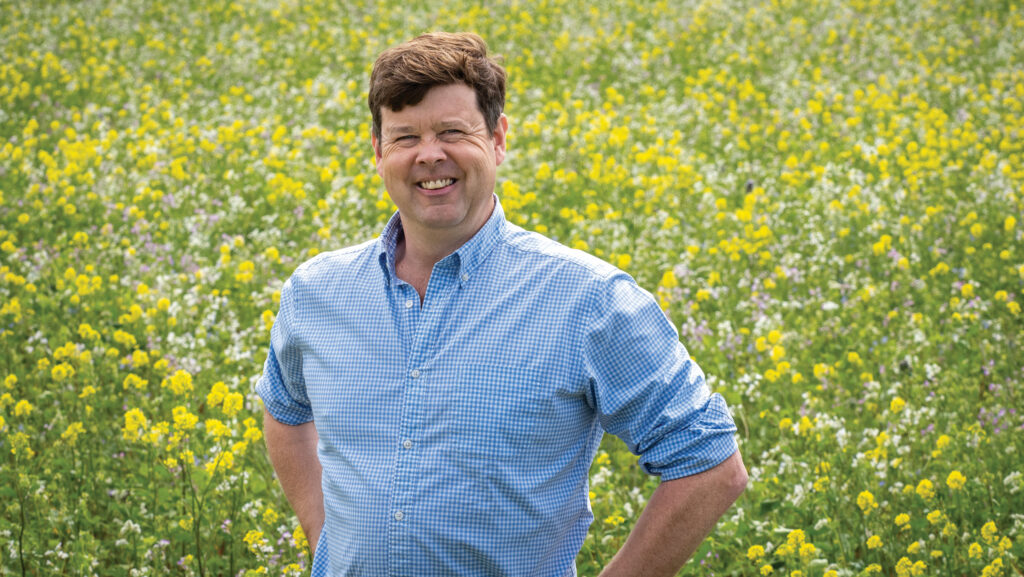Farmer Focus: Winter barley looks great despite weed pressure
 © Kathy Horniblow
© Kathy Horniblow This autumn has been a relaxed affair. We started drilling the winter barley on 22 September and it is all up in rows.
We drilled our cleanest fields of wheat at the end of that week and then parked up.
We started again on 1 October and drilled for a day, so we now only have our dirtiest fields left to drill, which we will tackle towards the end of the month.
See also: Early sugar beet yields look good despite dry season
Most of the wheat has been direct-drilled into the maize stubbles, and they look to be emerging well.
The winter barleys look a picture. Sadly, these are on our dirtiest fields this year so we will do a post-emergence in the next week, to top up the pre-emergence sprays.
Pre- and post-emergence chemistry is getting tight already as a lot of flufenacet is heading back over the water into Europe.
We have had no issues with supply thanks to excellent communication by our suppliers Agrovista.
Pre-emergence across all the winter crops have been Liberator (diflufenican + flufenacet) and Proclus (aclonifen) and post-emergence on the wheats will be based around Luximo (cinmethylin) if there is a need for a follow-up.
We have had an interesting couple of days around the grain stores, with large numbers of frit and gout flies congregating.
We are not sure if they are coming out of the grain or actually heading into the stores.
It has been very peculiar, with vehicles and old seed bags covered in flies.
I think this year there will potentially be an increase in aphicides used, as numbers are building and more crops have gone in earlier than usual.
I have just bought a mass lot of sticky traps to liberally distribute around the fields to keep monitoring, and we are using the AHDB’s website for further information.
We are soil sampling the whole farm with Soyl this year to see how the soils have reacted after five years of anaerobic digestion crops and four years of digestate.
I am looking forward to analysing the results.


